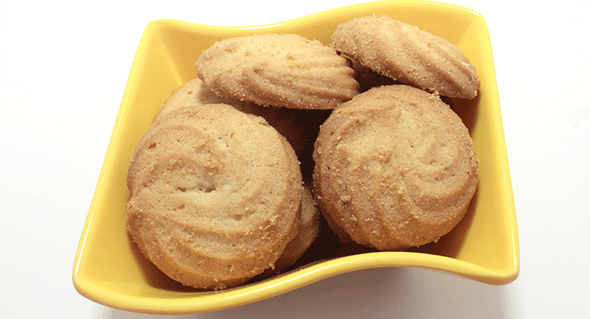 The perfect dinnerware is always a struggle to choose when entertaining, at home or in a restaurant. There’s a tension between making an excellent impression with fine china, and preventing the potential loss of a plate or too, by offering plastic or melamine dishes instead. Home cooks often choose to go with fine china when looking to impress, but for businesses, there is more at risk, with a statistically higher chance of financial losses when using fine china dinnerware. For food businesses, it is obviously more attractive to use ceramic or glass dinnerware, such as china. However, when serving kids’ meals, or for very casual venues, it may be worth offering nice plastic or melamine dishes instead, in order to save costs and hassle. But what really is the difference between these different materials?
The perfect dinnerware is always a struggle to choose when entertaining, at home or in a restaurant. There’s a tension between making an excellent impression with fine china, and preventing the potential loss of a plate or too, by offering plastic or melamine dishes instead. Home cooks often choose to go with fine china when looking to impress, but for businesses, there is more at risk, with a statistically higher chance of financial losses when using fine china dinnerware. For food businesses, it is obviously more attractive to use ceramic or glass dinnerware, such as china. However, when serving kids’ meals, or for very casual venues, it may be worth offering nice plastic or melamine dishes instead, in order to save costs and hassle. But what really is the difference between these different materials?
Melamine
Melamine is a chemical used in many different types of industries. In the food industry, it became a choice material for tableware in the late 1950s. It’s lightness, strength, and resistance to cracking made it an attractive alternative to ceramic dinnerware. It was used to make plates, cups, and serving utensils. However, sales have gone down since their peak in the 1960s, due to the material’s tendency to stain and scratch. Scratches in food preparation and serving equipment are a notorious harvesting ground for bacteria. But the health concerns associated with melamine go beyond the scratches. There has been suspicion that the material may contaminate foods with melamine, which has been found by the Food and Drug Administration to raise the chance of kidney stones, kidney failure, and even death above certain levels. Luckily, only very low levels of melamine were found to leak into acidic foods in extreme heat conditions. What this means for food businesses today is that melamine dinnerware can be an appropriate and cheap option for fast casual venues and for serving kids’ meals, but should be used with caution and switched often in order to address the aesthetic and health concerns appropriately. It should not be used for serving very hot foods or in the microwave.
Plastic
Whereas melamine plates can be a cheap, hassle-free replacement for china, good quality plastic plates can offer a shatter-safe alternative for glass plates. Most plastic dinnerware is made of a material called polycarbonate, which can come in scratch-free varieties. Hard plastic can be hard to differentiate from glass, providing an attractive plating option. However, plastic plates may get scratched and/or “foggy” over time, and will therefore likely have to be replace on a semi-regular basis. Hard plastic dinnerware is dishwasher safe, providing an extra convenience over fine china. However, in order to prevent chemicals from seeping into food, it is usually recommended to avoid heating the plastic plates. It is also important to make sure to purchase BPA-free options. BPA is a carcinogenic compound found in some plastic products. Overall, plastic can be compared to melamine as an inexpensive and convenient alternative to glass, ceramic, and china dinnerware.
China
Fine china has a reputation for being a lot fancier than your typical plates. However, it is made from ceramics, similarly to the most common restaurant plates that are used. The difference is in the quality, expense, and fineness of the dishes, with fine china often being breakably and beautifully thin, with intricate detailing. Fine dining restaurants tend to offer their meals on china, and accordingly, the dishes will usually be hand-washed and hand-polished before being deemed fit for service. Restaurants offering such plates should budget in the added costs of purchasing and replacing such dinnerware, since accidents are pretty much guaranteed to happen. A single fine china plate can easily cost a few hundred dollars, making it a main cost when starting up the venue and maintaining it. Yet the expense can be worth it for upscale dining locations, with a noticeable impact on the restaurant ambience. For other, more colloquial venues, ceramic plates with beautiful shapes and in a variety of sizes can provide a basis for aesthetic and contrasting food plating, doing the job at a lower price.
It’s fair to say that melamine can be compared to plastic, but it would be relatively unreasonable to compare those two to fine china. Fine china is in a whole other category altogether, but can be compared and contrasted with ceramic dinnerware in order to make purchasing decisions. The right purchase depends on the target customer group, the type of venue, and the business’s budget.